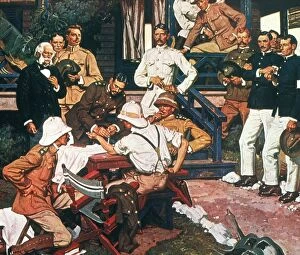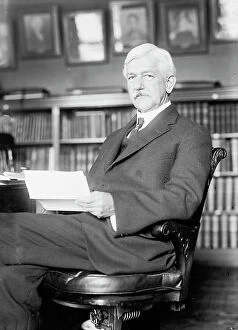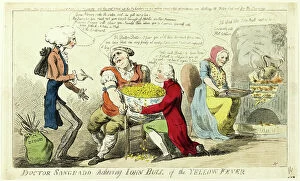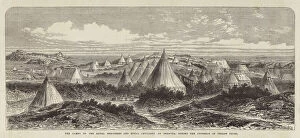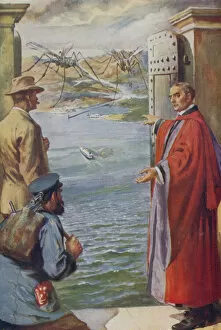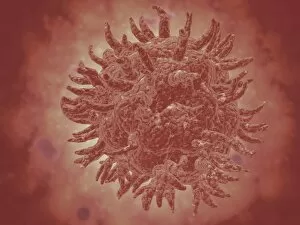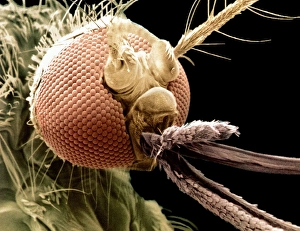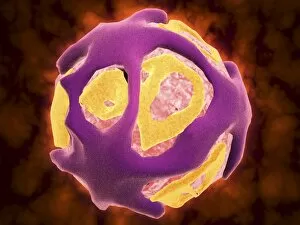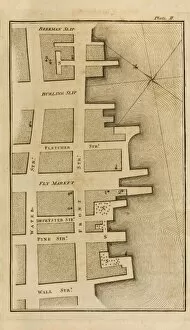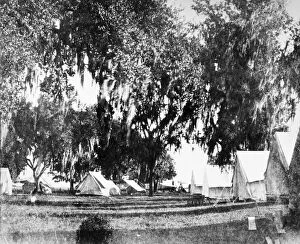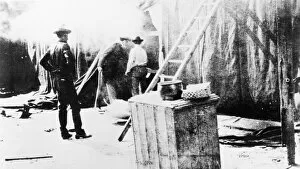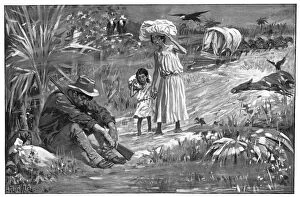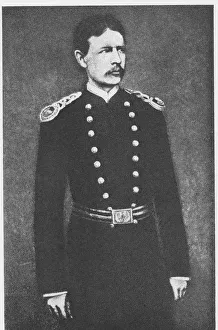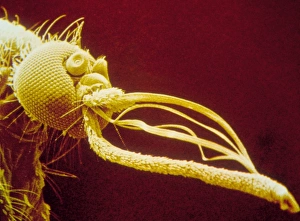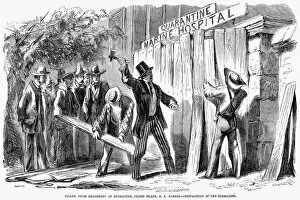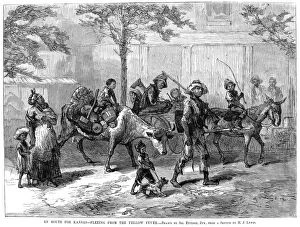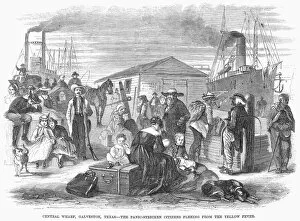Yellow Fever Collection
"Conquering the Scourge: The Battle Against Yellow Fever in Cuba, c1900" In the early 20th century
All Professionally Made to Order for Quick Shipping
"Conquering the Scourge: The Battle Against Yellow Fever in Cuba, c1900" In the early 20th century, a deadly disease known as yellow fever plagued the tropical regions of Cuba. But amidst this darkness emerged a group of heroes determined to eradicate this devastating illness. One such hero was Cuban physician Dr. Carlos Finlay, whose groundbreaking research on mosquitoes and their role in transmitting yellow fever laid the foundation for future discoveries. Collaborating with Dr. Walter Reed, a U. S. Army surgeon, these pioneers embarked on an extraordinary journey to understand and combat yellow fever's wrath. In an iconic image captured by artist Dean Cornwell, we witness Dr. Jesse Lazear inoculating Dr. James Carroll for yellow fever after the Spanish-American War. The discovery that Aedes aegypti mosquito carried this lethal virus revolutionized our understanding of its transmission and led to significant breakthroughs in prevention strategies. As depicted in engravings from "The Camps of the Royal Engineers and Royal Artillery at Bermuda, " during an outbreak of yellow fever, Major Reed saluted American soldiers who willingly risked their lives to save humanity from this menacing disease. William Gorgas, renowned for his efforts in sanitation control against malaria and yellow fever during construction of Panama Canal is another name etched into history books alongside Juan Guiteras and Aristides Agramonte - all key figures dedicated to combating this relentless foe. Tragically, one hero lost his life while pursuing knowledge about yellow fever – Jesse Lazear succumbed to infection during his experiments but left behind invaluable contributions that continue saving countless lives today. Through microscopic views revealing intricate details of the virus itself or conceptual images like "Can science colonize the tropics?" highlighting ongoing scientific endeavors against diseases like dengue (a close relative), we are reminded that our fight against infectious diseases is far from over.

